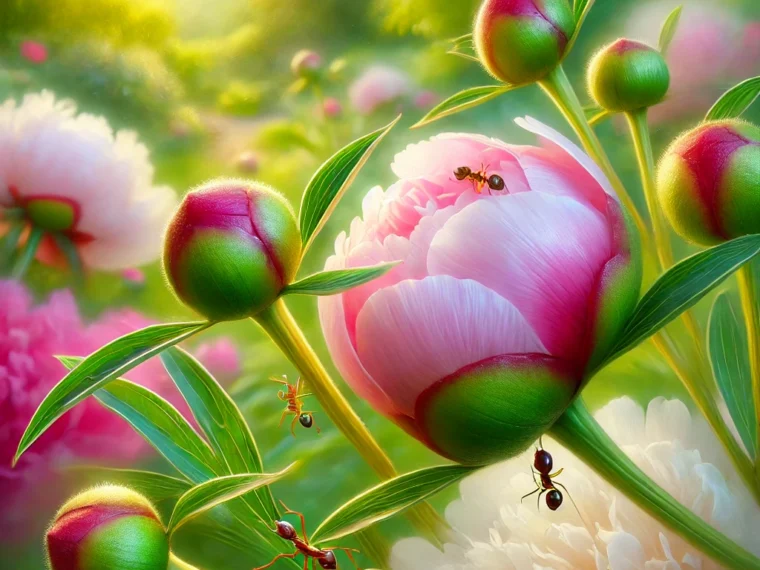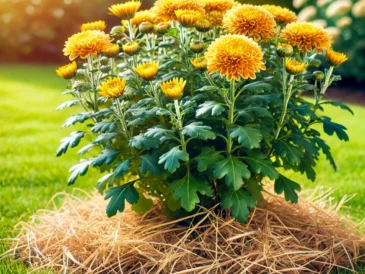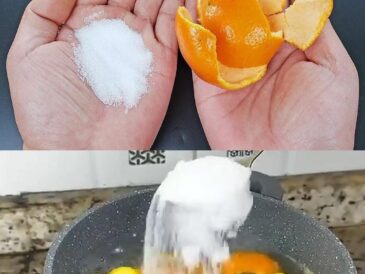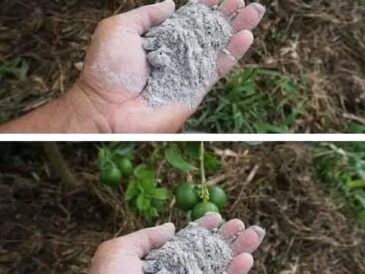- Rinse the Blooms
- After cutting peony stems for bouquets, gently rinse the flowers with water to remove any ants.
- Plant in Strategic Locations
- If ants are a nuisance, plant peonies away from entrances and areas where they might easily migrate indoors.
- Avoid Insecticides
- Since ants do not harm peonies, there’s no need for chemical interventions that might also affect beneficial garden insects.
Do Ants Signal Pests or Problems?
Ants on peonies are not a sign of infestation or disease. However, if you notice:
- Sticky residue elsewhere on the plant or garden: Check for aphids, as ants often “farm” them for their honeydew.
- Holes or other damage: This is unrelated to ants and may indicate other pests like caterpillars or beetles.
The Beauty of Nature’s Balance
Seeing ants on your peonies is a reminder of the interconnectedness of nature. These small creatures are part of a larger ecosystem that thrives in your garden. By embracing this relationship, you’re encouraging a healthy, thriving outdoor space.
Quick Facts About Ants and Peonies
| Aspect | Details |
|---|---|
| Cause of Ants | Nectar secretion from peony buds |
| Harm to Plants | None |
| Garden Myth | Ants are necessary for blooming (False) |
| Solution | Rinse flowers to remove ants for bouquets |
Conclusion
The presence of ants on peony buds is a fascinating example of how nature works in harmony. These tiny visitors are drawn by the nectar but cause no harm to your plants. Instead of worrying, enjoy the sight of ants busily feasting on your peonies—they’re just doing their part in the garden ecosystem. So, the next time you see ants on your peony buds, take a moment to marvel at the natural world’s balance and beauty.




